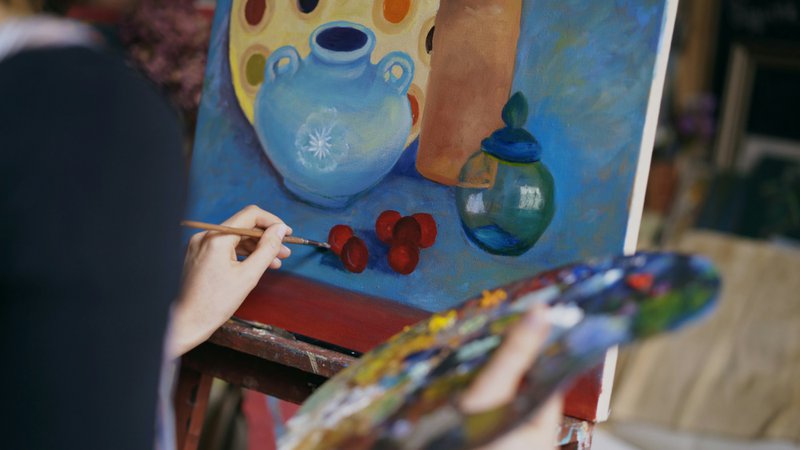
At a time when generative AI, geo-political disruption and climate trauma are growing at scale, what solutions can creativity offer? And how can the role of the creative practice researcher be normalised within the university?
The time is now for the long-maligned ‘Non-Traditional Research Output’ (NTRO) category to be rested, and for creative approaches to knowledge generation to be celebrated.
The Australian Council of Deans and Directors of Creative Arts (DDCA) has called on the Australian Government to scrap the unpopular NTRO category and to offer a more nuanced, ‘fit for purpose’ approach recognising the quality, diversity and value of artistic research.
The Council recently launched its pitch for recognition in a report, New Designs on Research Evaluation, timed perfectly to coincide with ARC consultations on its new ‘research insights’ framework.
Creative practice research has not had an easy time of fitting into the university structures which evolved in service of STEM, and even Humanities and Social Sciences disciplines. Champions of creative practice research in Australia have worked over the last 20+ years to expand ideas around what research looks like when it is driven by artistic practice.
The motivation behind these efforts is not just to create parity between disciplines, but also because those that do creative practice research know the powerful ways in which artistic practices participate in knowledge generation, sharing and impact.
The DDCA has been driving advocacy work on behalf of the sector for over a decade. Most recently it has engaged its community in developing a sector-endorsed set of recommendations for improved research evaluation, seeking to ditch the terminology NTRO (which nobody likes) and find better ways to value creative practice research outputs – moving beyond the Australian Research Council (ARC)’s former rather simplistic guidelines and data parameters.
Over the past two years, the DDCA has conducted a series of activities with the sector to gauge which issues are most pressing, with the view to raising awareness of the contributions that creative practice researchers make to society.
The DDCA’s seven key recommendations include: addressing appropriate recognition of Indigenous Knowledges; nomenclature; foundational requirements of reporting and assessing; notions of value according to the shape and size of the research artefact and its potential for impact; and the need for participation of creative practice researchers in decision-making when it affects the sector.
A unanimous call to stop using the terminology NTRO was heard. ‘Non-traditional’ by name situates the work of creative researchers in opposition to the ‘traditional’, which is marginalising and starts in deficit. University research is diversifying, and so the binary of ‘traditional’ and ‘non-traditional’ is no longer accurate, relevant or useful.
With the ARC recently releasing its first ideas about a new approach to research evaluation, the DDCA is optimistic about moving in the right, and same, direction – away from mere rankings, towards a multifaceted celebration of the research being undertaken in Australian universities.
There is much potential here to showcase the impactful and wide-ranging work of creative practice research. The DDCA’s submission to the ARC was received very positively, and we look forward to continued collaboration to ensure the needs of the creative arts are properly recognised.
In complex times such as these, the DDCA believes that creativity is a powerful and vital force that can unlock the sector’s research endeavours for greater impact.
Professor Craig Batty is Executive Dean (Creative) at UniSA. He is also President of the DDCA and Dr Smiljana Glisovic is Research Associate at UniSA, and editor of the DDCA’s publication, Creative Matters.
